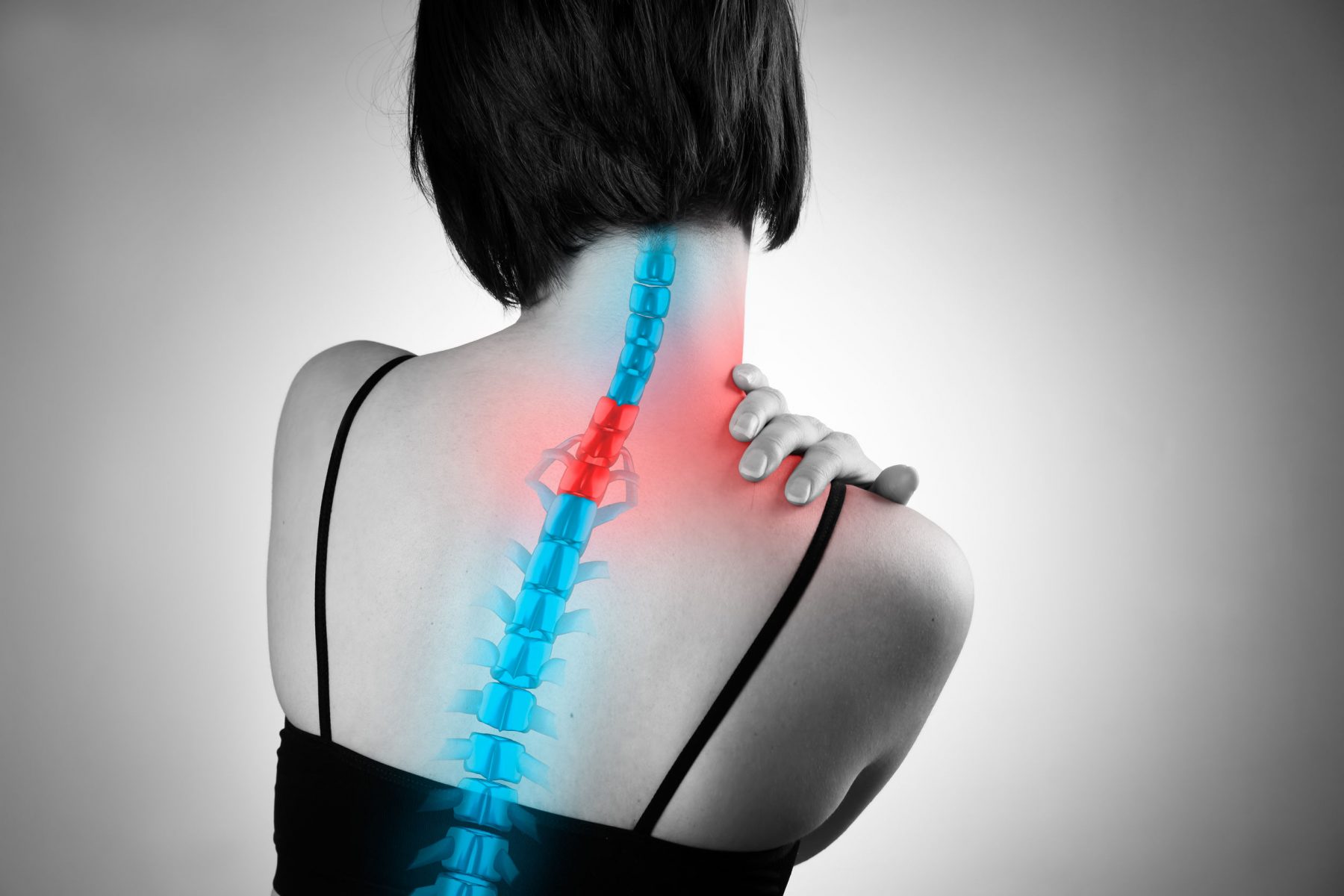What Is Spinal Retrolisthesis And How Is It Treated?
Category: Spine | Author: Stefano Sinicropi

There are a number of different conditions that cause problems for our spine, and the one we want to focus on today is called spinal retrolisthesis. Spinal retrolisthesis is a somewhat rare condition that occurs when a spinal vertebra slips backward out of place. In today’s blog, we take a closer look at spinal retrolisthesis and explain how we can help you treat the condition if it is causing you pain.
What Is Spinal Retrolisthesis?
Spinal retrolisthesis is the opposite of spondylolisthesis, a condition we’ve talked about on the blog in the past. This occurs when a spinal vertebra slips forward. In patients with spinal retrolisthesis, the spinal vertebrae slips backwards along or underneath a spinal disc. Because of the forces at play, retrolisthesis tends to occur in either the cervical or lumbar portions of the spine.
Retrolisthesis can develop in a few different forms, which can impact your treatment program. There is:
- Partial Retrolisthesis – One vertebra moves backward towards either the one above or below it.
- Staircase Retrolisthesis – One vertebra moves backward from the ones above it and ahead of the ones below it.
- Complete Retrolisthesis – One vertebra moves backward in relation to the one above and below it.
Retrolisthesis is more likely to occur when the spinal discs between the vertebrae shrink. Some factors that can lead to disc shrinkage include the natural aging process, repetitive motions, the onset of spinal arthritis, acute injuries, smoking, osteoporosis and the presence of an infection. Symptoms can range from mild to severe, and typically involve pain, limited range of motion, discomfort in one specific area of your back, a visible bulge in the spine and numbness or a tingling sensation in the spine and potentially in the extremities.
Diagnosing and Treating Spinal Retrolisthesis
One of the positive things about spinal retrolisthesis is that it can easily be diagnosed with a simple x-ray test. An x-ray will show if any vertebrae are out of place, including the location of the retrolisthesis. The only thing that may be slightly different during the imaging test is that you’ll have to be standing up while the x-rays are taken in order for the retrolisthesis to be visible.
Once a diagnosis has been made, your spine surgeon can walk you through your treatment options. Treatment will depend on a number of factors, including the severity of the movement and the health of the surrounding structures. In most cases, non-operative methods are recommended, which typically involve a combination of physical therapy, heat therapy, targeted strength training, massage therapy and painkillers.
Surgery is not typically considered for cases of retrolisthesis unless the problem is not being successfully managed with conservative methods. An operation is viewed as a last resort, but it can be successful when performed by a skilled surgeon like Dr. Sinicropi. For more information about the condition, or to talk to a spine specialist about your back pain, reach out to Dr. Sinicropi and his team today.